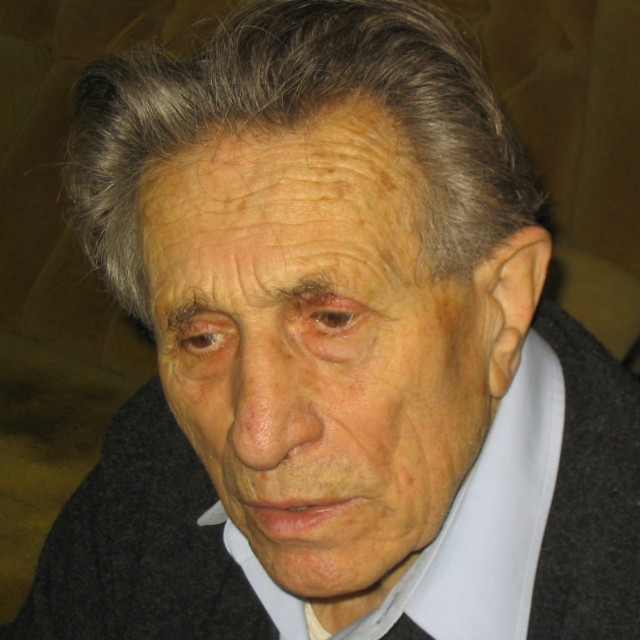The Pierced Queen
Towards the end of the Second World War, Adolf Burger belonged to the so called counterfeiting commando, a strictly classified group located in the Sachsenhausen concentration camp in the blocks 18 and 19. The commando was tasked with forging foreign currencies such as pounds and dollars, and also with forging documents and passports for the purposes of the Nazi secret service. Any acts of sabotage were practically unthinkable. Yet a group of forgers lead by Dutchman Jacobson nevertheless attempted to carry out some of these acts. Adolf Burger recalls: “We wanted to tell the world that something was wrong. So we instructed the guys who were piercing the forged banknotes to make them look older and used, to pierce the Queen Britannia as well, because we knew that none of the British would do that.” However, this attempt at sabotage did not work out and the banknotes were considered to be genuine. After the war, though, the pierced Queen served as a sign that helped to identify the forged banknotes. Adolf Burger himself admitted that without the pierced Queen, noone would be able to tell the forged ones from the genuine ones, so perfect were the banknotes. “I am able to recognize every banknote that we forged, but only thanks to the pierced Queen. Otherwise the banknotes are absolutely identical. Agents from the German intelligence agency Sicherheitsdienst had the banknotes tested directly in the central bank in London and even there they did not recognize them.“
Hodnocení
Hodnotilo 0 lidí
Routes
Not a part of any route.
Comments
No comments yet.







